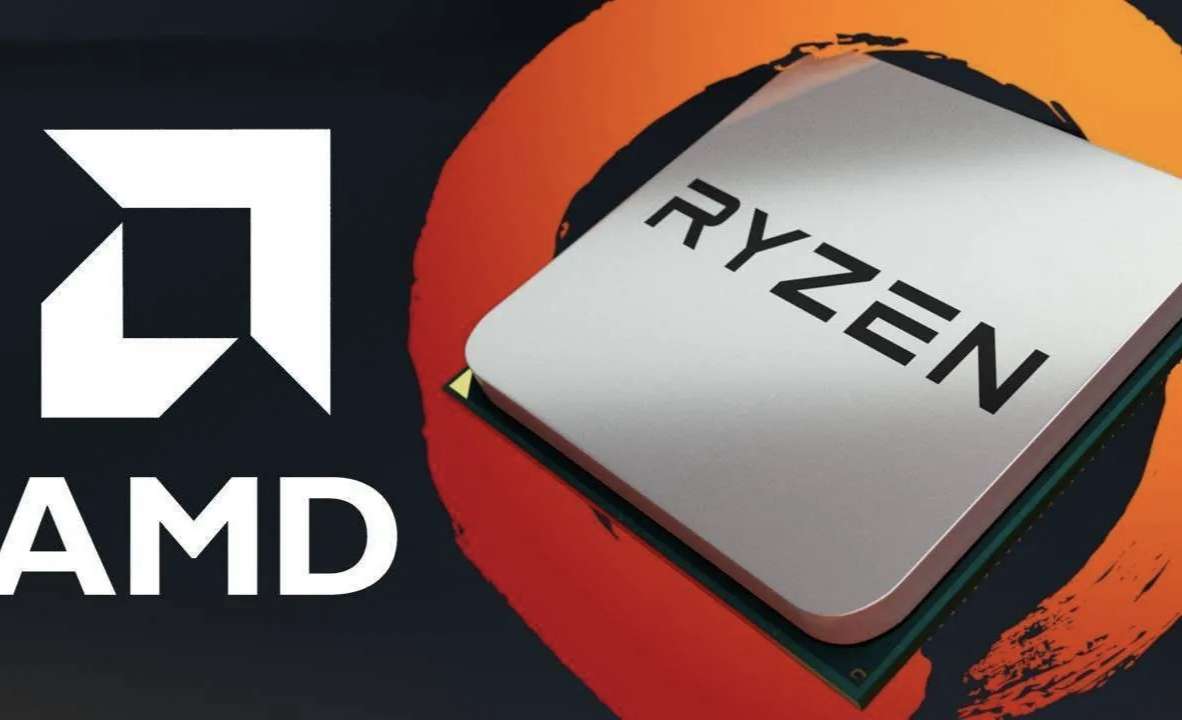
Two star companies in the US chip industry simultaneously "shut down" this week. After AMD released its second-quarter financial report, despite its revenue reaching a record high of 7.69 billion US dollars, its share price dropped by 4% to 6% due to operational losses caused by weak data center business and restricted exports to China. Server manufacturer Supermicro saw its share price plummet by 18% due to both revenue and earnings per share falling short of expectations, coupled with weak financial forecasts. The seemingly glamorous growth figures cannot hide the deterioration of core profits, highlighting the development concerns of US semiconductor companies under the pressure of global competition and internal costs.
AMD's impressive second-quarter revenue growth of 32% year-on-year was overshadowed by the harsh reality of an operating loss of 1.34 million US dollars. The inventory impairment of up to 800 million US dollars is directly due to the US export control policies towards China, which has led to the unsold and overstocked MI308 GPU chips designed for the Chinese market. What disappointed investors even more was the data center business, which is regarded as the future growth engine - the department's revenue only increased by 14% to 3.2 billion US dollars, far behind the 73% growth rate of its competitor Nvidia during the same period (reaching 3.91 billion US dollars). Although CEO Lisa Su emphasized that the new generation of MI350 chips has been put into mass production ahead of schedule, supply chain delays and customer inventory adjustments have raised doubts in the capital market about AMD's commitment to competing for the AI chip market.
Financial details have exposed AMD's deeper hidden dangers: Sales costs soared by 59% in the current quarter, far exceeding the 32% revenue growth rate, directly causing the gross margin to shrink by 9 percentage points year-on-year. Even with non-GAAP adjustments, its operating profit still declined by 29% year-on-year and plunged by 50% quarter-on-quarter, showing a "halving". The fact that the growth rate of costs is twice that of revenue reveals a weak pricing power or a bottleneck in production efficiency. To cope with the pressure, AMD urgently announced the sale of its ZT Systems data center infrastructure business to Sanmina for 3 billion US dollars, attempting to focus on its core business of chip design. However, it remains unknown whether divesting revenue sources can bring about long-term competitiveness.
The performance decline of Supermicro computers has been even more severe. In the fourth fiscal quarter, revenue was 5.8 billion US dollars and earnings per share were 0.41 US dollars, both lower than market expectations. What shocked the market even more was the financial forecast for the next quarter - the estimated earnings per share of $0.4 to $0.52 was far lower than the expected $0.59, and the revenue guidance of $6 billion to $7 billion was also below the consensus. Although the company announced that it would raise its revenue target for fiscal year 2026 to $33 billion to demonstrate confidence in AI, investors' focus is on the reality that its gross margin has dropped from 10.2% to 9.5%, highlighting its profit vulnerability under the squeeze of price wars from giants like Dell and HP. As soon as the news broke, the stock price plunged by 14% in after-hours trading, and the gains made this year were significantly wiped out.
What's more serious is that the Trump administration announced its plan to impose import tariffs on semiconductors under Section 232 next week. Upon hearing the news, TSMC's ADR dropped by nearly 3%. If the tariffs are implemented, data center giants like Microsoft and Meta may pass on the costs to chip suppliers, further squeezing the profit margins of AMD and AMD.
This performance storm has gone beyond the scope of individual enterprises. Analysts at KeyBanc Capital Markets have warned that if the US economy falls into recession, the semiconductor sector may have a decline space of 30% to 40%, and the prolonged inventory digestion cycle in the industry may delay the recovery until the end of 2025. When the technological race meets the iron curtain of geopolitics, the predicament of AMD and AMD reveals the fundamental contradiction between technological autonomy and the global market in the US chip industry - the myth of innovation is ultimately no match for the double shackles of cost and policy, and the capital market is casting a "vote of no confidence" with real money.

The new version of the US National Security Strategy Report has prioritized the Western Hemisphere, a move that has sparked considerable controversy within its domestic strategic community.
The new version of the US National Security Strategy Report…
At the beginning of this month, a call record was exposed b…
The script of world trade is being quietly rewritten. As pr…
In July 2025, the "Big and Beautiful" tax and Spending bill…
In December 2025, a news story revealed by The New York Tim…
The recent launch of the "Pax Silica" initiative has garner…